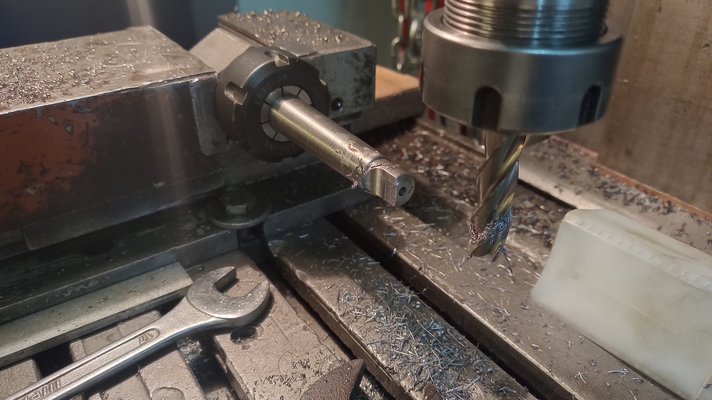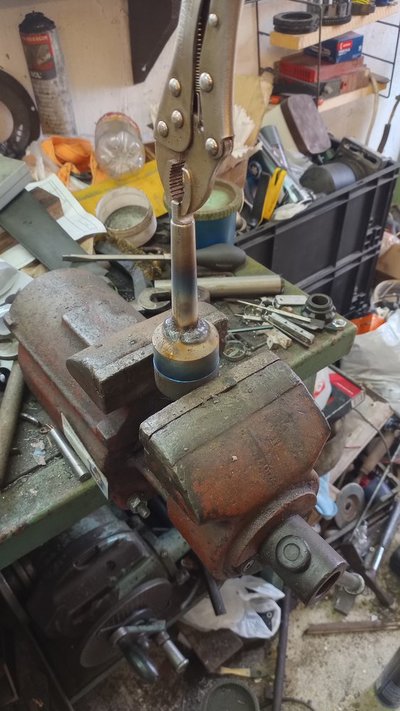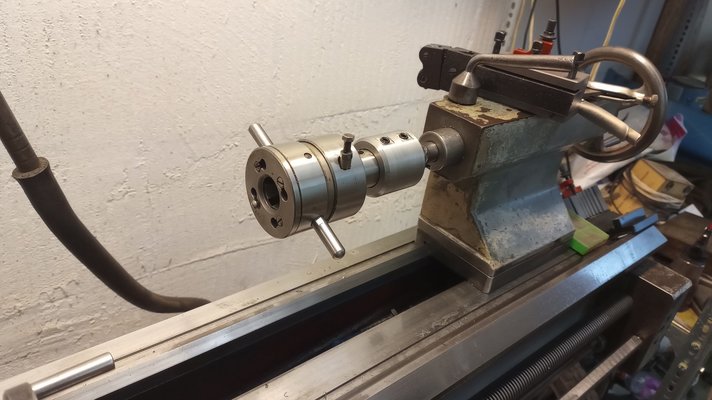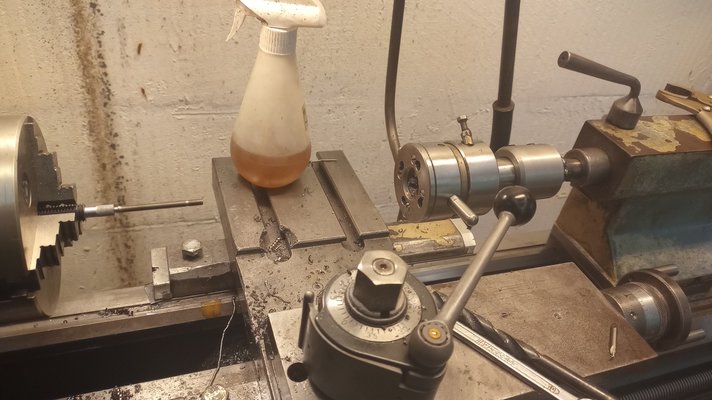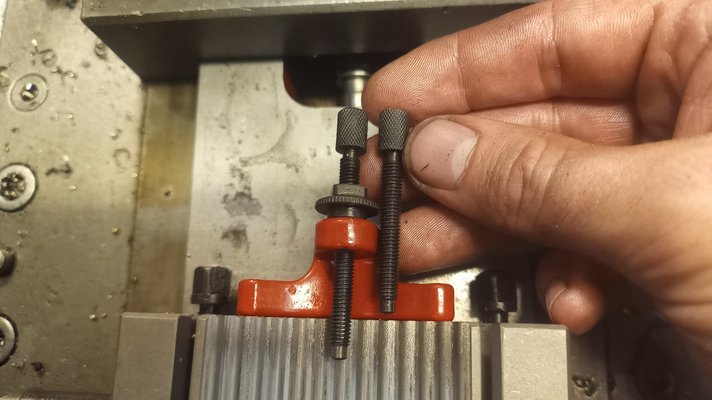Seadog
Save the planet. It's the only one with rum!
- Messages
- 12,936
- Location
- NE London - UK
Thread a piece of bar and clamp that in your chuck. You can then run a nut up to the face of the jaws and bevel.I think you're right. I did consider it but the edges weren't sharp due to the knurling. My main concern was that it is hard work getting something so small to sit square in the lathe jaws and I didn't fancy starting attempt number three if I messed up. I might have to consider my order of operations next time to squeeze it in halfway through parting.



